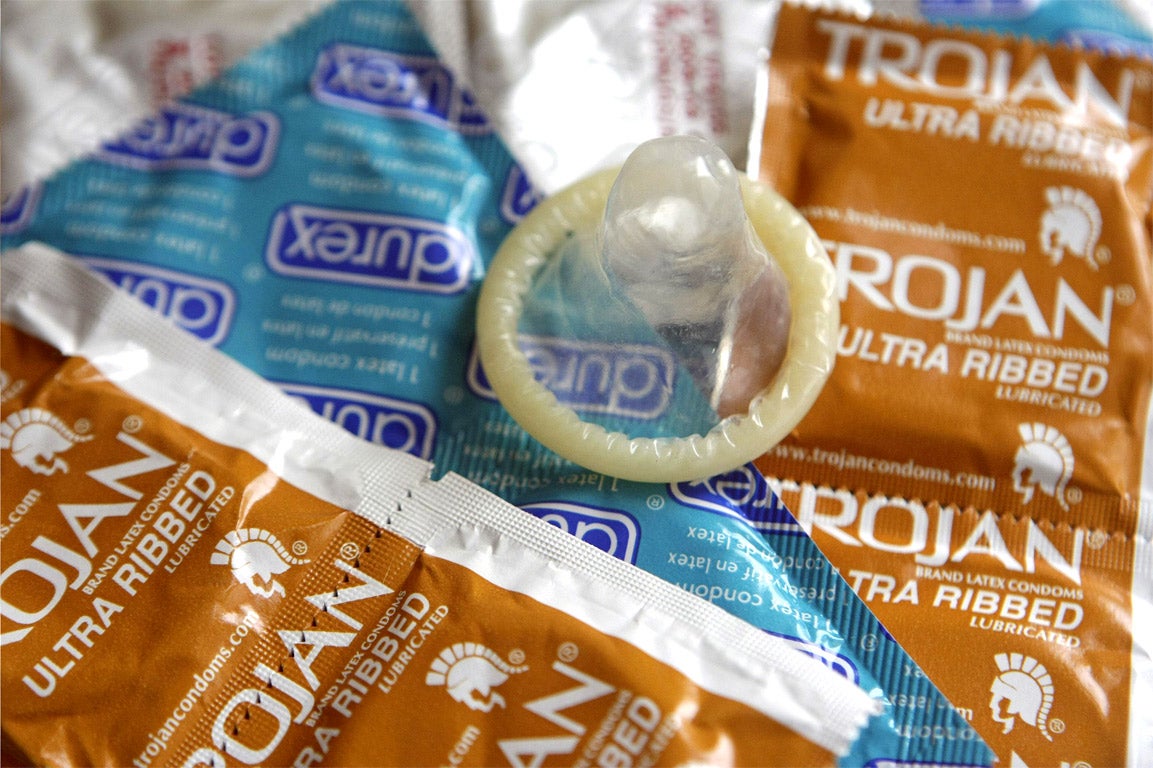Discovering graphene was only the start - its potential is almost limitless
We could yet see it used in goods as diverse as condoms and lexible electronics

Discovered by two brilliant scientists playing around with sticky tape on a Friday afternoon, graphene promises to become even more important than the ubiquitous silicon that has powered the computer age.
It was Andrei Geim and Kostya Novoselov at Manchester University who realised that they could create layers of graphene just one molecule thick by repeatedly sticking and peeling back Scotch tape from flakes of graphite – the stuff found in pencils.
Graphene is composed of a two-dimensional crystal lattice of pure carbon and is quite simply a superlative material of immense potential – the thinnest and strongest substance known to science and something like 100 times stronger than steel by weight.
More importantly graphene – described as “atomic chickenwire” because of its honeycomb molecular structure – exhibits interesting physical, electrical and optical properties. It is a superb conductor of heat and electricity, it is one of the most stretchable materials and yet is almost transparent.
Its potential uses are almost limitless, ranging from flexible electronics and wearable computers and electronic devices, to highly-efficient solar panels and super-fast mobile phones. Yet, at the heart of graphene is pure carbon, the non-toxic, atomic essence of all living things.
Using graphene to make condoms may seem like something of a joke, but not if you are looking for an effective barrier to HIV and other sexually transmitted diseases, especially in those parts of the developing world hit hardest by Aids.
Graphene is highly stretchable, ultra-thin, non-toxic and very strong, so there is no doubting its commercial potential as a new kind of material for super-safe sheaths of the future, which you may not be able to feel or see.
Other potential uses in the developing world include a material to desalinate seawater or to filter dirty water for drinking. Graphene is even being touted as an explosives detector and a super-strong fibre for bullet-proof vests and body armour.
The discovery and creation of graphene was only the beginning. The next stage will be to find ways of exploiting its full potential, which may well lead to practical uses we can only have dreamed of in the past.

Join our commenting forum
Join thought-provoking conversations, follow other Independent readers and see their replies